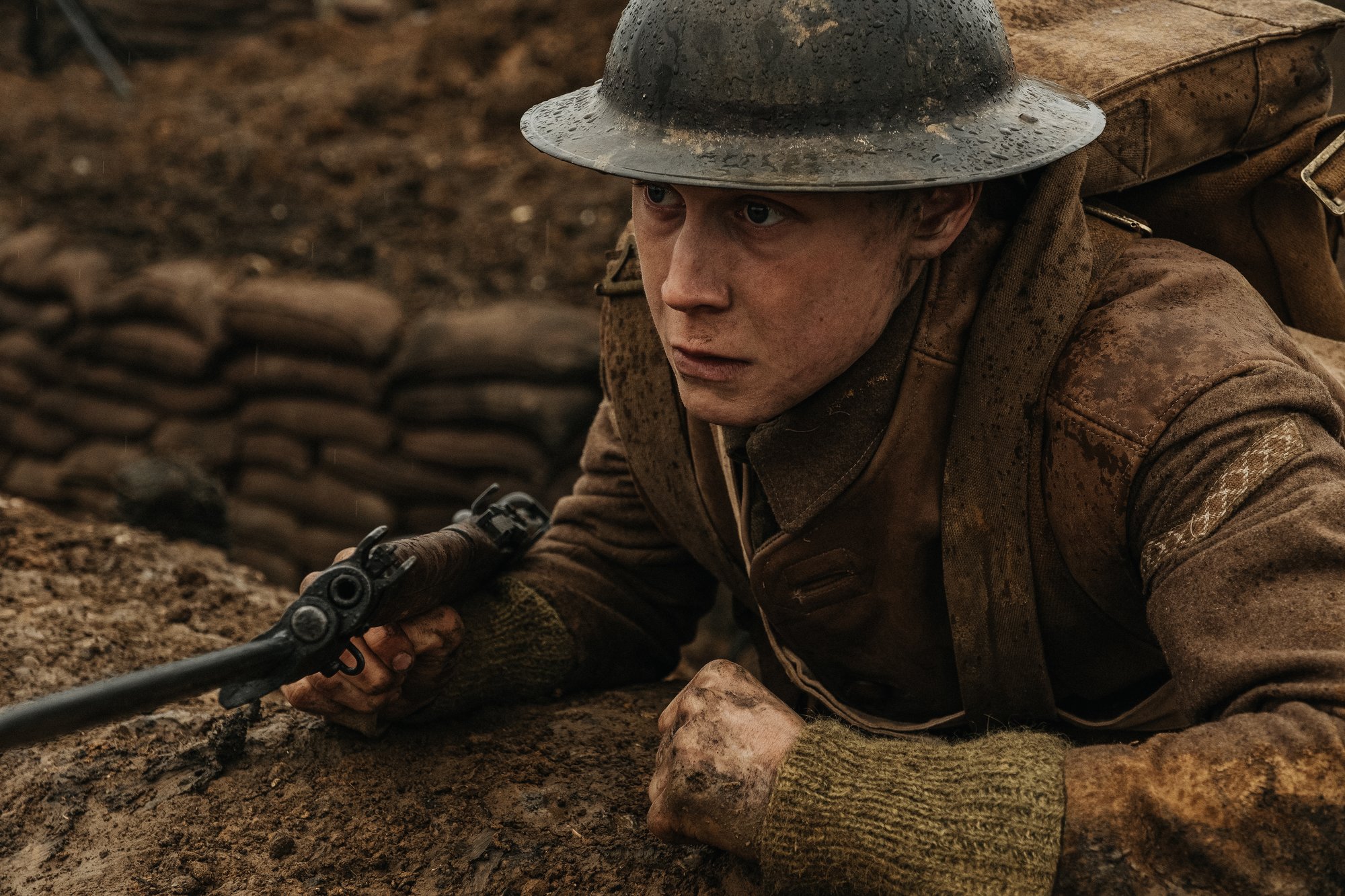
Sam Mendes’ 1917 is edited to look like the entire movie is one continuous take. DreamWorks Pictures.
The claustrophobic trenches of Sam Mendes’ World War I epic, 1917, offer one of the most anxiety-inducing settings of any war film since Das Boot. High mud walls, unpredictable shelling, and ever-growing piles of corpses lend an element of horror to Mendes’ unique depiction of World War I combat.
The story — written by Krysty Wilson Cairns — follows two British lance corporals (played by Blake Dean Charles Chapman and George Mackay) on the front lines. The pair embark on a dangerous mission into enemy territory to deliver an urgent message from General Erinmore (Colin Firth) to Colonel Mackenzie (Benedict Cumberbatch). Aerial reconnaissance has revealed that the Germans are laying a trap for the advancing British Army. If the two soldiers fail to deliver the message thousands of young British soldiers will be marched into an ambush.
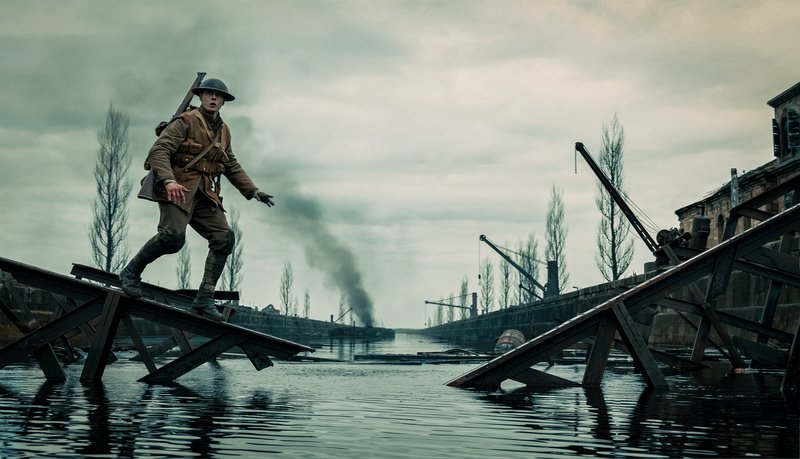
The exact number of cuts hidden in 1917 is still secret. DreamWorks Pictures.
It’s a compelling story, but what really keeps the audience hooked is the way it’s told in real-time. The events of the plot unfold as the audience sees them – step by step, shot by shot – with no jumps in chronology. Similarly to the Oscar winning movie, Birdman, 1917 was edited to create the illusion that the entire film is one continuous take. And more than the gloomy backdrop of trench warfare, it’s the editing that really builds tension. So it should come as no surprise that the technique was pioneered by the master of suspense himself: Alfred Hitchcock.
Related: ‘Saving Private Ryan’: The Greatest War Movie
Hitchcock first created the illusion for his 1948 film, Rope. He disguised several unusually long shots as one by hiding cuts in easy-to-miss moments when the camera’s view was briefly obstructed. A character passing in front of the camera or a fleeting moment of darkness is meant to fool even the most hawk-eyed audience members.
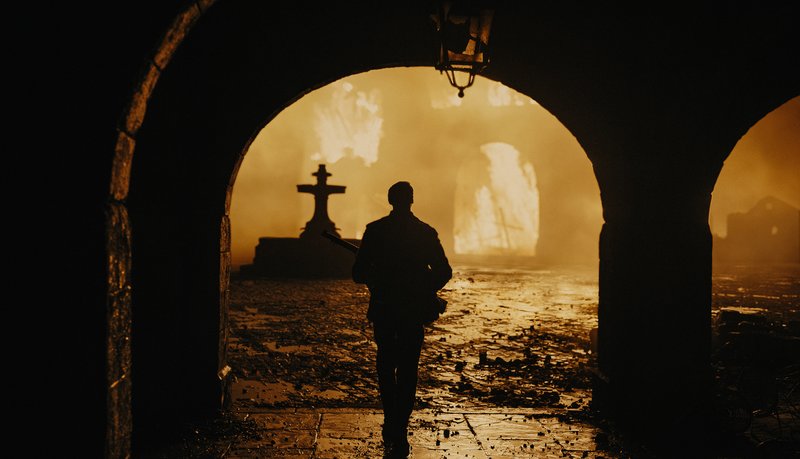
Over 5200 feet of trenches were dug for the film. DreamWorks Pictures.
Mendes borrowed Hitchcock’s method and applied it to his heart-pounding story of two young soldiers in the middle of World War I. Mirroring Tolkien’s odyssey of Frodo and Sam, 1917 follows Will Schofield and Tom Blake, two common soldiers striving to deliver a vital message. The fate of thousands — including that of Blake’s brother — rests on the success of the two lowly lance corporals. The camera never stops rolling as the pair venture into no man’s land in a nerve-wracking attempt to save their comrades.
Related: Russian Director’s Nightmarish Film Is Powerful Indictment of War
Unlike Hitchcock, Mendes had an editing team of more than 300 people to help him hide the cuts. Lee Smith — the editor in charge of the massive department — won the Oscar for best film editing for his previous work on Dunkirk. While some fans claim to have found all the hidden cuts in 1917, Smith denies that anyone has come close to finding the real number.
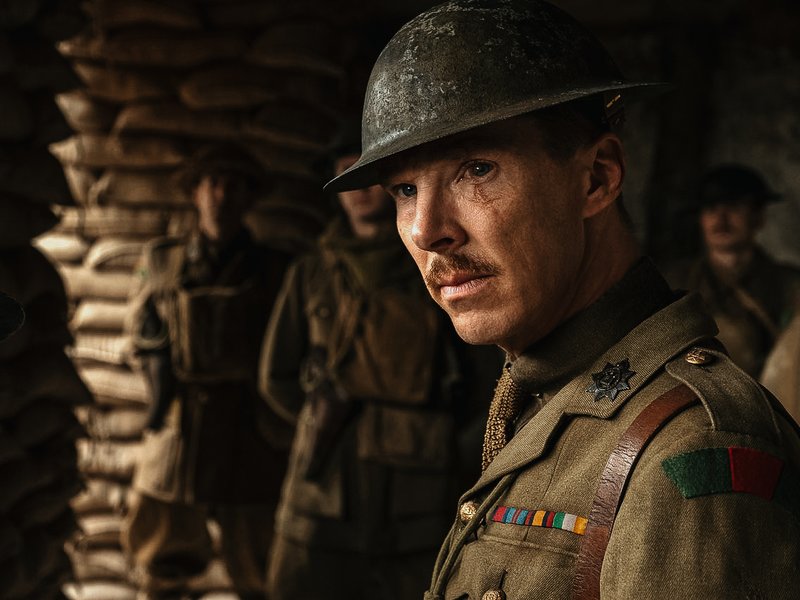
Some scenes include as many as 500 extras. DreamWorks Pictures.
“We spent the entire post-production burying the edits so deep that no human could spot them,” Smith told The Sydney Morning Herald. “We had all the resources known to man to bury these cuts, and that’s what we did, that was the job.”
Despite Hitchcock’s never winning an Academy Award for best director, his innovative technique for converting the camera into the gaze of the audience revolutionized filmmaking. The Hitchcock-style edits in 1917 contributed to three Oscar wins, though a nomination for best film editing was conspicuously missing from the film’s 10 nominations. Before filming began, Mendes and Lee joked about the irony of a job well done resulting in no one’s noticing the extensive edits. But their successful imitation of Hitchcock’s single-shot illusion transformed 1917 from just another war movie into a nail-biting roller coaster of perseverance against all odds.
Read Next: Animal Mother and the Duality of Man in ‘Full Metal Jacket’
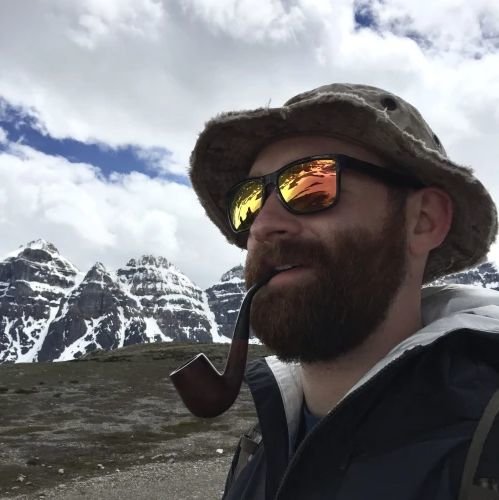
Mac Caltrider is a senior staff writer for Coffee or Die Magazine. He served in the US Marine Corps and is a former police officer. Caltrider earned his bachelor’s degree in history and now reads anything he can get his hands on. He is also the creator of Pipes & Pages, a site intended to increase readership among enlisted troops. Caltrider spends most of his time reading, writing, and waging a one-man war against premature hair loss.
BRCC and Bad Moon Print Press team up for an exclusive, limited-edition T-shirt design!
BRCC partners with Team Room Design for an exclusive T-shirt release!
Thirty Seconds Out has partnered with BRCC for an exclusive shirt design invoking the God of Winter.
Lucas O'Hara of Grizzly Forge has teamed up with BRCC for a badass, exclusive Shirt Club T-shirt design featuring his most popular knife and tiomahawk.
Coffee or Die sits down with one of the graphic designers behind Black Rifle Coffee's signature look and vibe.
Biden will award the Medal of Honor to a Vietnam War Army helicopter pilot who risked his life to save a reconnaissance team from almost certain death.
Ever wonder how much Jack Mandaville would f*ck sh*t up if he went back in time? The American Revolution didn't even see him coming.
A nearly 200-year-old West Point time capsule that at first appeared to yield little more than dust contains hidden treasure, the US Military Academy said.












